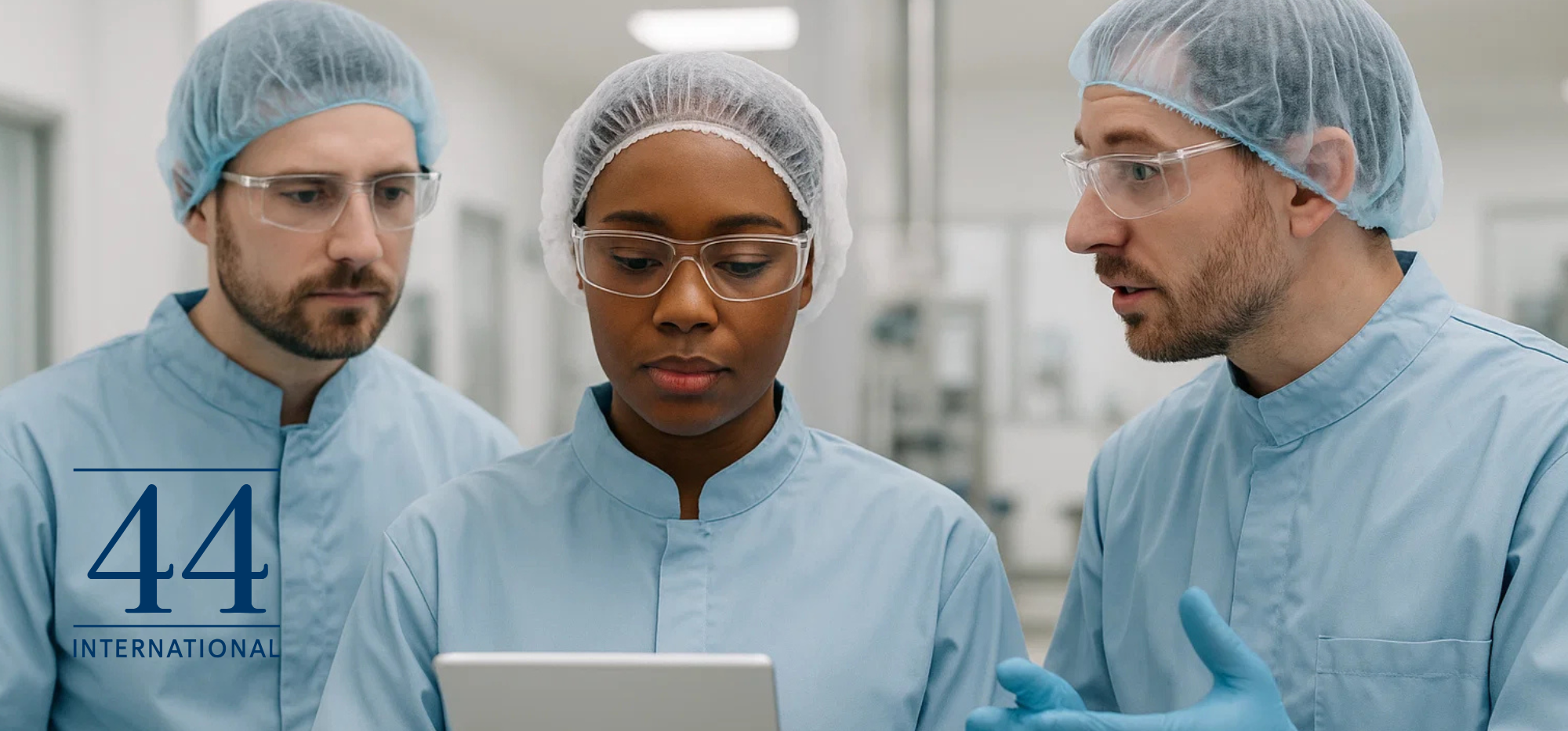July 8, 2025

The pharmaceutical manufacturing landscape is entering a new era — one defined by predictive capabilities, adaptive processes, and real-time data feedback loops. At the center of this evolution are three key technologies that are gaining serious momentum in the MBTP space: digital twins, machine learning (ML)-driven quality control, and 3D-printing.
These aren’t future concepts anymore — they’re actively being deployed to solve some of the most pressing manufacturing challenges in pharma.
Digital twins are rapidly becoming a cornerstone of pharma's shift toward Industry 4.0. By creating a real-time, virtual replica of manufacturing processes, pharma companies can simulate scenarios, optimize workflows, and preemptively troubleshoot issues.
Why it matters:
Expect digital twins to play a bigger role in complex biologics manufacturing, where variability is high and consistency is critical.
Quality control has traditionally relied on post-production analysis. Machine learning is flipping that model — enabling real-time monitoring and anomaly detection as products are being made.
What this unlocks:
As regulatory frameworks begin to accommodate AI-driven validation, this could become the new standard for high-stakes drug production.
While still emerging, 3D-printing (or additive manufacturing) is showing promising applications in both R&D and commercial production. Personalized medicine, complex dosage forms, and faster prototyping are all on the table.
Watch this space for:
As materials science catches up, 3D-printing may bridge the gap between mass production and precision medicine.
Pharma manufacturing is moving beyond automation — into a realm of intelligent, learning-based systems. For companies focused on MBTP strategies, these technologies aren't just nice-to-haves — they're fast becoming competitive necessities.
Whether you're working with a CDMO, building internal platforms, or investing in digital infrastructure, these trends are worth watching closely.
Because the future of pharma manufacturing won’t just be faster — it will be smarter.